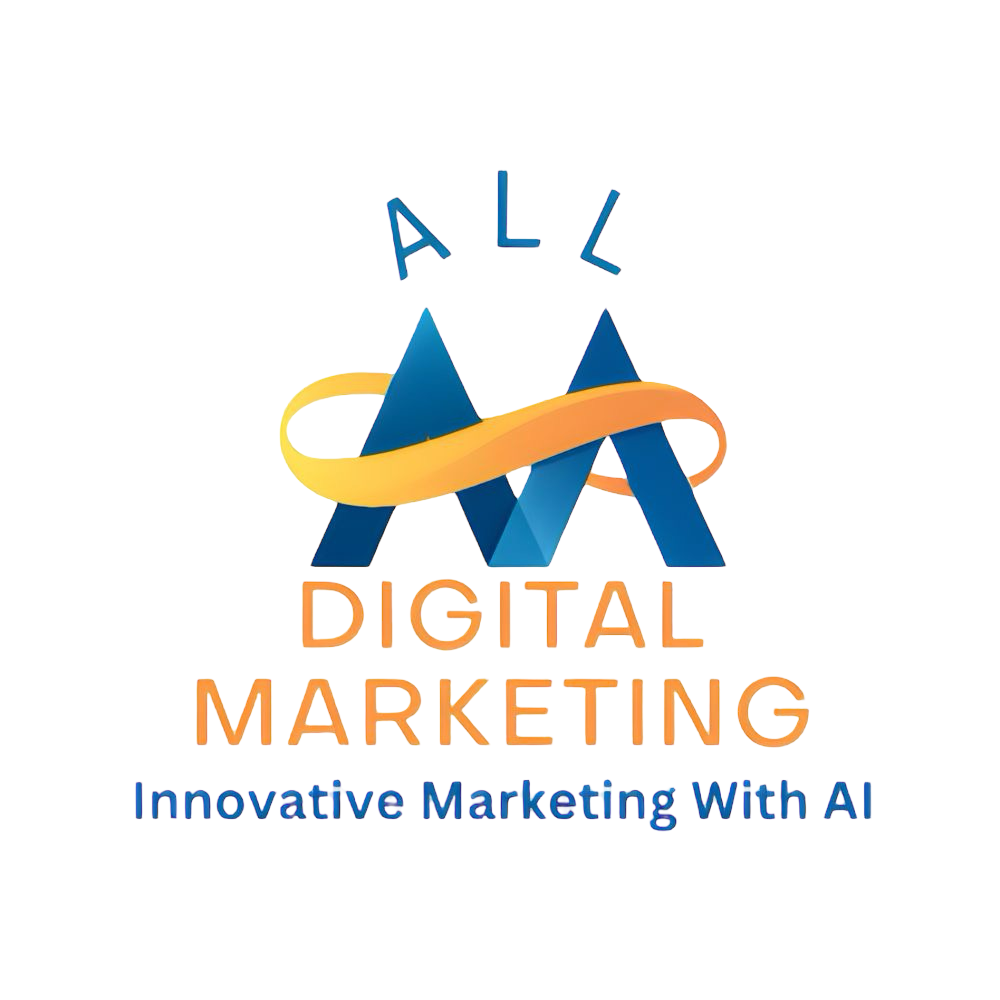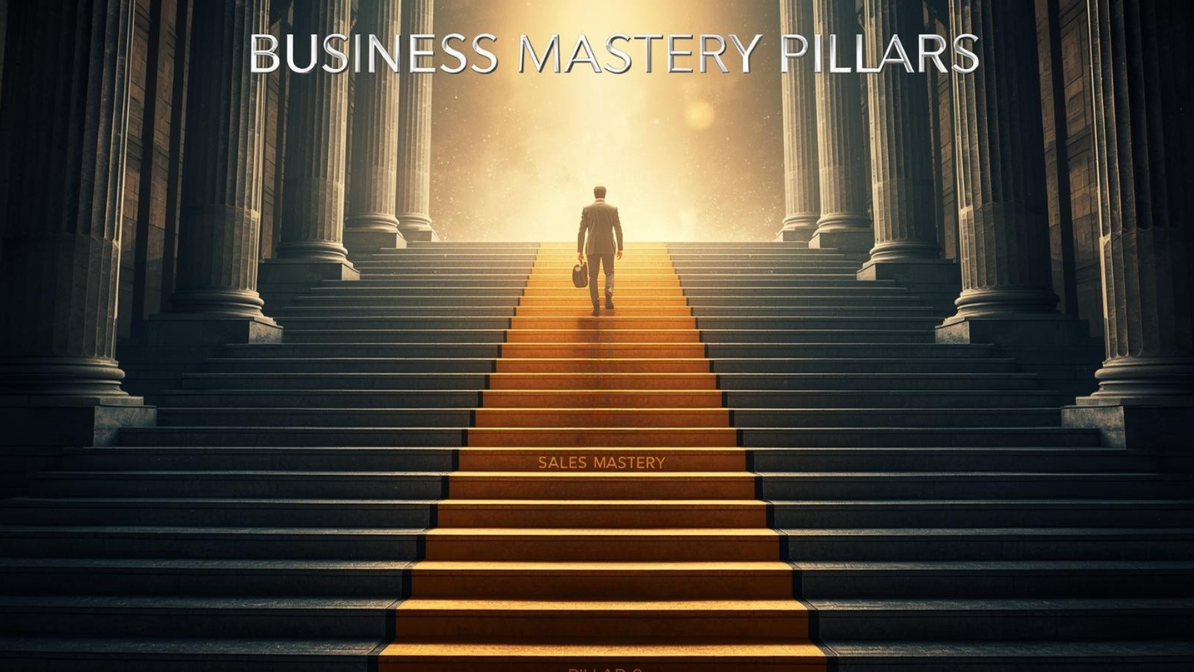What if the difference between a business that barely survives and one that thrives comes down to a single, powerful idea? Picture a small bakery owner who started with a dream of bringing fresh, homemade treats to her neighborhood. Years later, she's expanded to multiple locations because she had a clear path forward. That's the magic of vision and strategy—it's not just fancy words; it's the fuel that turns dreams into real results. In this article, we'll explore how defining your business direction can lead to bigger profits, happier teams, and loyal customers who keep coming back.
Key Takeaways
A strong vision paints a vivid picture of your business's future, inspiring everyone involved.
Strategy acts as your step-by-step map, turning that vision into achievable wins.
Businesses with clear visions grow 30% faster than those without, according to a study by Forbes.
Avoid common pitfalls like vague goals to stay on track and outpace competitors.
Take action now: Set aside time this week to define your vision and goals for immediate impact.

Why a Clear Vision Sets Your Business Apart
Have you ever wondered why some companies seem to attract customers effortlessly while others struggle? It often starts with vision—the big picture of what your business aims to become. Vision isn't about short-term sales targets. It's your "why," the deeper purpose that motivates you and draws people in.
For beginners in marketing or business, think of vision as the North Star guiding a ship. Without it, you're drifting. A Harvard Business Review report shows that companies with a well-defined vision see employee engagement rise by up to 21%. Take Alex, a local gym owner. His vision was to create a community where people felt empowered to transform their health. This focus helped him stand out in a crowded market, leading to a 40% increase in memberships within a year.
But what makes a vision powerful? Ask yourself: Does it excite you? Does it solve real problems for your customers? When you nail this, decisions become simpler, and your brand voice stays consistent across emails, social posts, and ads.
Turning Your Vision Into a Winning Strategy
Now, how do you move from dreaming big to making it happen? Strategy bridges that gap—it's the practical plan that outlines how you'll get there. Imagine strategy as a recipe: Vision is the delicious cake you want; strategy lists the ingredients and steps.
Start by defining your ideal customer. Who are they really? What worries keep them awake? For instance, if you run a plumbing service, your customers might be busy homeowners stressed about leaks ruining their weekends. Understanding this lets you tailor your messages, like in SEO-optimized blog posts that rank high on Google for "emergency plumber near me."
Next, clarify your unique value proposition (UVP). This is what sets you apart—your special sauce. Can you sum it up in one sentence? A coffee shop might say, "We brew ethically sourced beans that energize your day without the crash." Statistics from McKinsey show businesses with strong UVPs retain customers 20% better.
Then, set goals: Short-term (like boosting revenue 15% this year through local SEO) and long-term (expanding nationally in five years). Break them into milestones, assign tasks, and track progress. Remember, 70% of strategies fail due to poor execution, per a PwC study. So, make yours measurable.
Consider Maria, a freelance graphic designer. Her vision was to help small businesses shine online. Her strategy? Target local clients via Instagram ads, post daily tips, and track engagement. Within six months, her client base doubled.
“The best way to predict the future is to create it.” - Peter Drucker
Common Pitfalls and How to Dodge Them
What holds many businesses back? Chasing shiny trends without checking if they fit your plan. Or setting vague goals like "grow more" instead of "gain 500 new email subscribers via content marketing." Another trap: Keeping the vision secret from your team—they can't help if they don't know the direction.
To avoid these, review your plan quarterly. A Gallup poll reveals teams aligned on vision are 21% more profitable. Think of Tom, who owned a bookstore. He ignored online trends, sticking to old ways. Sales dropped 25%. But when he added a strategy for e-books and social media, revenue bounced back 35%.
The Real Rewards of Mastering Vision and Strategy
When vision and strategy align, magic happens. Decisions flow easier, teams unite, and you lead the market instead of chasing it. Bain & Company research indicates such businesses outperform competitors by 12%. Envision your company not just surviving economic dips but thriving—closing deals faster, earning recognition, and achieving financial freedom.
For example, a tech startup led by Elena focused on eco-friendly apps. Her vision: A greener world through innovation. Strategy: Partner with influencers for viral TikTok videos and optimize for Google searches like "sustainable tech solutions." Result? 50% growth in users and features in top AI overviews.

Frequently Asked Questions
What is the difference between business vision and strategy?
Business vision is your long-term dream, like the destination on a map. Strategy is the route you take, with steps to get there. Together, they ensure success.
How do I create a business vision statement?
Start by asking: What impact do I want? Keep it short, inspiring. Example: "To empower local families with affordable, healthy meals."
Why do businesses fail without a clear strategy?
Without strategy, efforts scatter. A KPMG study shows 70% of failed initiatives lack clear plans, leading to wasted time and money.
How often should I update my business vision and strategy?
Review yearly or after big changes. Adapt to trends like AI in marketing to stay relevant.
Can small businesses benefit from vision and strategy?
Absolutely. Even solo owners see 25% faster growth with plans, per SCORE data. It levels the playing field.
Picture yourself at the helm of a business that's not just running but soaring—customers raving, profits climbing, and your team energized. Don't wait for luck; seize this moment to build your foundation. Block time today to craft your vision and strategy. Your future success starts now.
Here is a quick summary:
Vision without execution is just a dream. Strategy is the roadmap that turns vision into reality. Here’s what to focus on:
-
Define Your Ideal Customer
Who are they?
What keeps them up at night?
Why should they care about your solution?
-
Clarify Your Unique Value Proposition (UVP)
What makes you different?
Can you explain your edge in one sentence?
-
Set Short- and Long-Term Goals
12-month goals: What can you realistically accomplish this year?
3-year goals: Where do you want to be positioned?
5-year vision: What’s the big picture?
-
Create Actionable Milestones
Break goals into quarterly and monthly objectives.
Assign responsibility and measure progress.
I hope you enjoy reading this blog post. If you would like assistance creating your goals or need guidance on this topic further, book a strategy sessioin with our team at Digital Marketing All.
 Add Row
Add Row  Add
Add 








Write A Comment